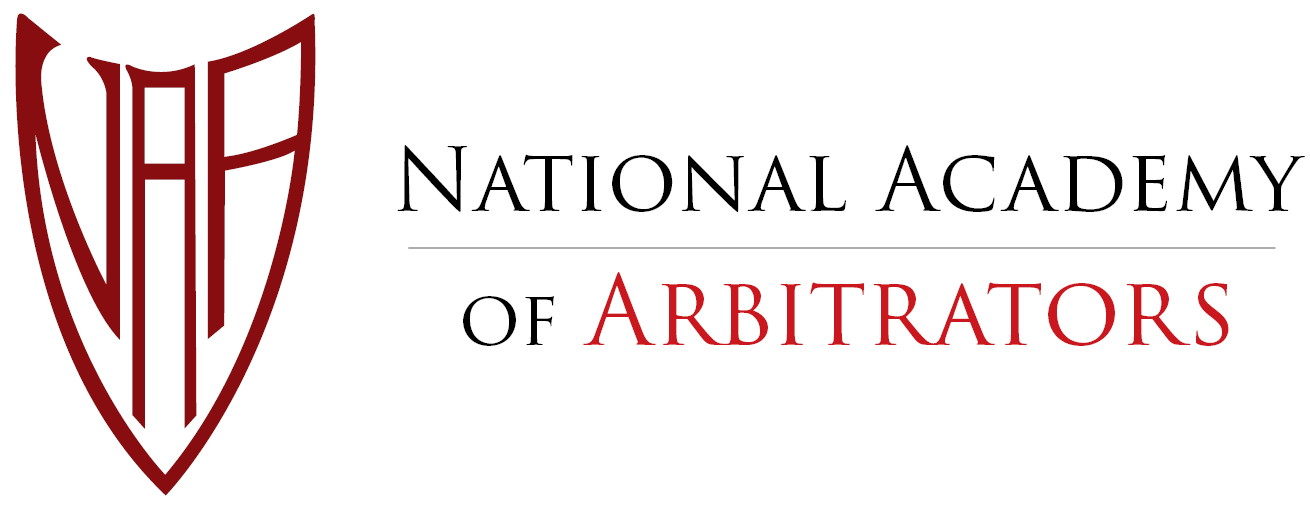At the National Academy of Arbitrators, we are committed to promoting a better understanding of arbitration among the media and the public. We acknowledge that arbitration is a vital tool in resolving disputes in employment and labor relations, and it is essential to address misconceptions surrounding its practices
On December 14, the Marshall Project published a piece titled “A Crazy system: How arbitration returns abusive officers to N.Y. Prisons.” While we appreciated the opportunity given to member Dan Nielsen to serve as a source for the piece, we want to clarify some inaccuracies portrayed in it.
While the article did not directly misrepresent facts, its tone conveyed a bias against arbitration. Despite this, we refrained from submitting a formal response and instead sought to establish a constructive dialogue with the Marshall Project to promote accurate factual reporting in the future. However, we believe it is crucial to share our perspective.
The article raised concerns regarding arbitration practices, particularly in cases involving personnel decisions in correctional facilities and law enforcement agencies. We aimed to address these concerns and provide clarity on the role of arbitrators:
1. On these three points stated in the article:
- Between 2010 and 2022, arbitrators reinstated three out of every four guards fired for abuse or for covering it up, according to a review by The Marshall Project of 136 cases. The decisions the outside arbitrators wrote heavily favored prison guards, even in the face of strong evidence against them.
- In effect, arbitrators — typically private attorneys — can overrule personnel decisions made by the corrections department’s senior leadership, including the commissioner appointed by the governor.
- Arbitrators have ordered police leaders to rehire officers accused of serious misconduct, including unjustified fatal shootings, sexual assault and drug trafficking.
The article highlighted instances where arbitrators reinstated individuals accused of serious misconduct, despite compelling evidence against them. It’s essential to understand that arbitrators are bound by the terms of the agreed-upon contract between officers, the union, and the regulating agency. Even when faced with “strong evidence against them,” if the contract does not cover specific procedures or disciplinary actions, arbitrators cannot consider such evidence. Emotions often cloud these cases, with the public and stakeholders seeing beyond the contract. But arbitrators must strictly adhere to its terms. They’re not arbitrating what’s morally right or just; their ruling centers on the contract that all parties signed.
2. Regarding these two points in the article:
- An arbitrator “knows darn sure that if he fires too many people, or somebody that the union feels he shouldn’t, he’s never getting picked for arbitration again,” Ginnitti said.
- Ginnitti, the retired investigator who was in charge of the Nowicki investigation, said arbitrators have a financial interest that discourages them from firing guards.
The article suggested that arbitrators may have a vested interest in favoring one party over the other due to financial incentives or fear of not being selected for future cases. However, it’s important to note that in the cases the Marshall Project reviewed, arbitrators were selected from a pre-approved list agreed upon by both parties to maintain impartiality. Any concerns regarding an arbitrator’s bias or credibility are addressed through this vetting process. Additionally, arbitrators understand that consistently favoring one party may jeopardize their reputation and future selection for arbitration cases.
If you encounter any coverage on arbitration that you think reenforces these misconceptions, reach out to naarb.news@gmail.com so we can access whether the Academy should provide a response.
